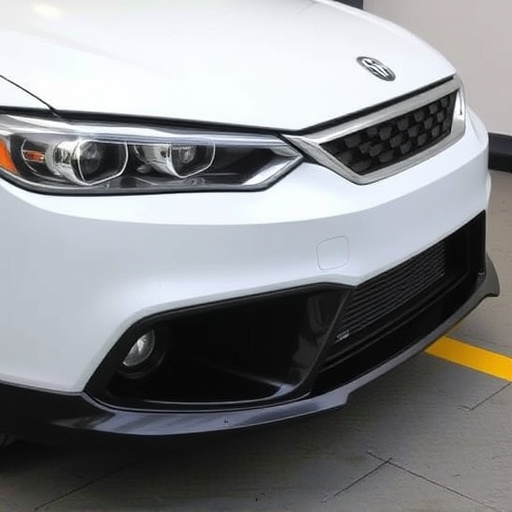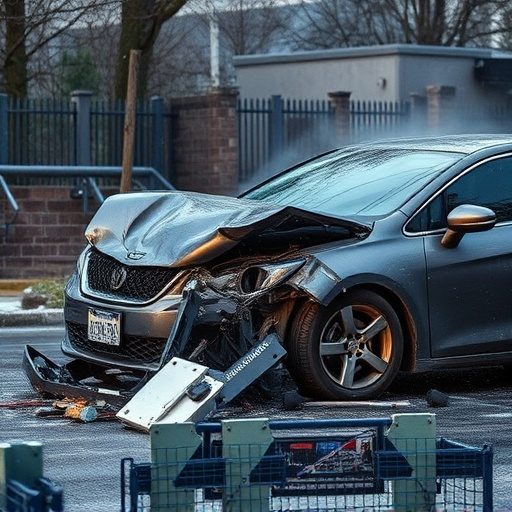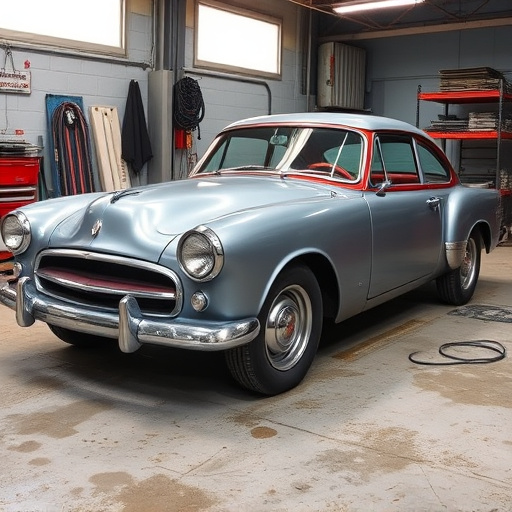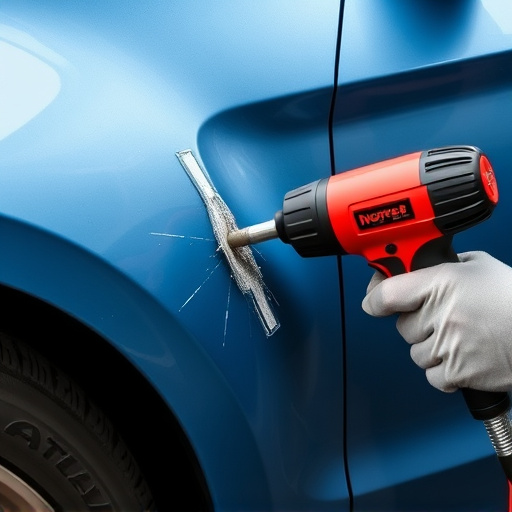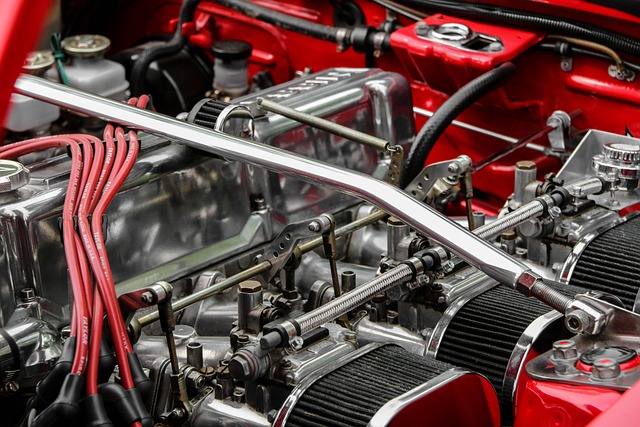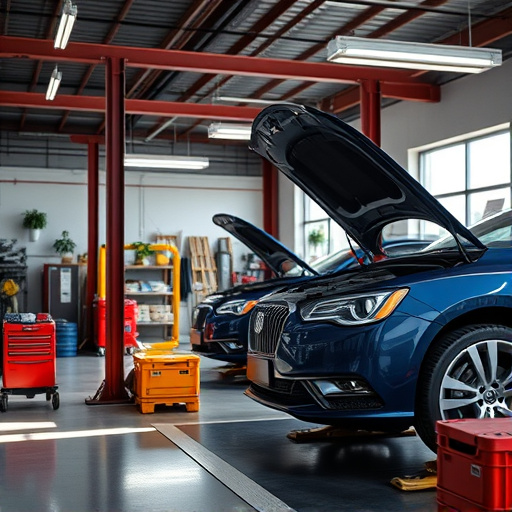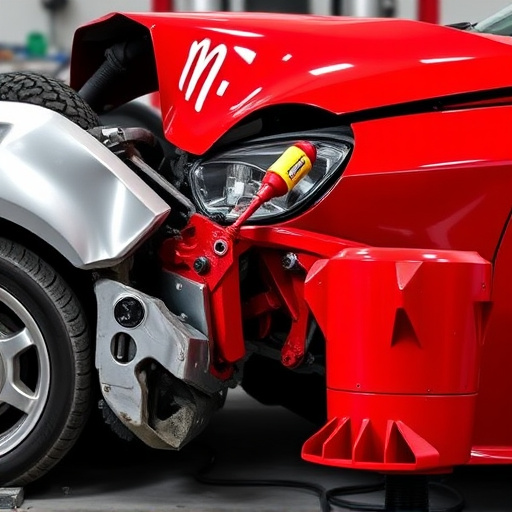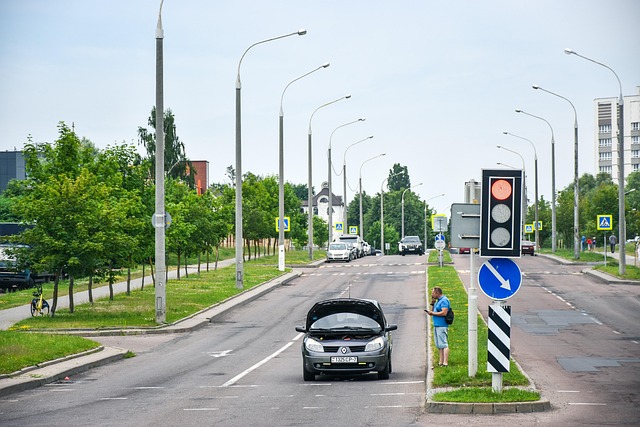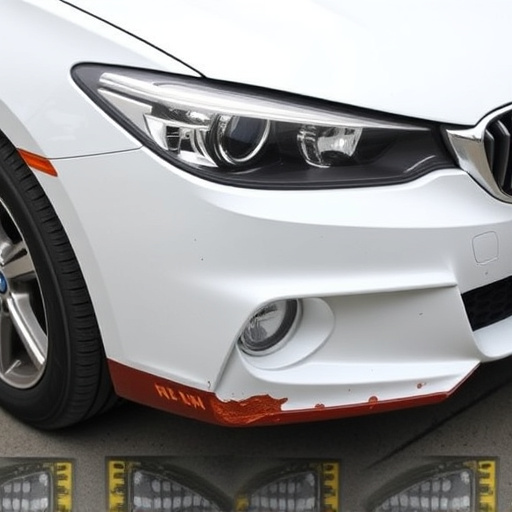Clear coat serves as a crucial bonding agent and protective finish in collision repair, ensuring seamless integration of repaired panels with original surfaces. Skilled technicians follow meticulous best practices, including precise application techniques, high-quality tools, and thorough surface preparation, to achieve near-imperceptible blends that enhance aesthetics and structural integrity. Proper frame straightening and panel misalignment correction are essential steps in the process, guaranteeing a professional finish that restores the vehicle's pre-accident appearance and safe road operation.
In the realm of automotive craftsmanship, seamless blending of panel joints is paramount for both aesthetics and structural integrity. Herein lies the pivotal role of clear coat in achieving effortless transitions between body panels. This article delves into the science and art of clear coat application, exploring its purpose in collision prevention and offering best practices for achieving flawless blends. By understanding these principles, automotive professionals can master the technique, ensuring vehicles exhibit smooth, seamless finishes free from visible joints or blemishes.
- Understanding Clear Coat and Its Purpose in Panel Blending
- The Science Behind Seamless Collision Prevention
- Best Practices for Achieving Flawless Blends with Clear Coat
Understanding Clear Coat and Its Purpose in Panel Blending
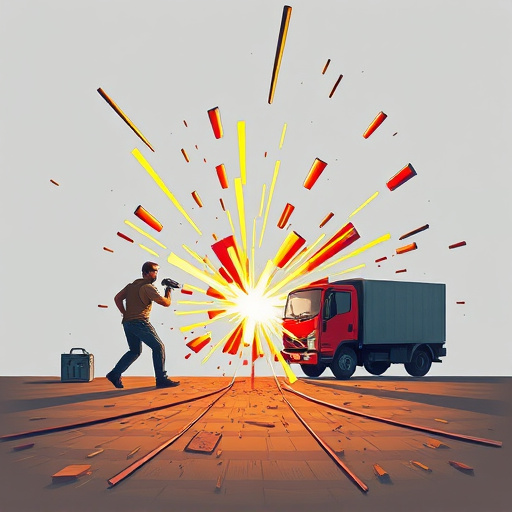
Clear coat plays a pivotal role in seamlessly blending panels during collision repair, acting as the final protective layer over painted surfaces. It’s more than just a glossy finish; it serves as a crucial bond between paint and metal, ensuring the longevity of the repaired panel. When a car body undergoes restoration in an auto repair shop or vehicle body shop, the clear coat isn’t merely applied for aesthetic reasons—it strengthens the connection between different panel sections, making them virtually indistinguishable from one another.
During the blending process, skilled technicians meticulously apply clear coat to the mended area, matching it precisely with the surrounding panels. This meticulous step is essential in concealing any traces of collision damage and restoring the vehicle’s pre-accident appearance. The seamless integration achieved through proper clear coat application not only enhances the visual appeal but also guarantees the structural integrity of the car body, ensuring safe and reliable operation on the road.
The Science Behind Seamless Collision Prevention
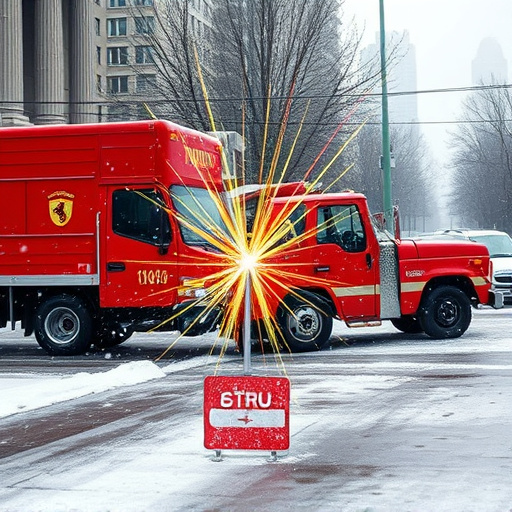
The science behind seamless collision prevention in vehicle restoration revolves around achieving a near-imperceptible blend between panels. When a car undergoes an accident, even minor impacts can cause misalignments and damage to the exterior panels. Clear coat, a protective layer applied over the paint, plays a pivotal role in seamless collision prevention. It acts as a bonding agent, ensuring that repaired areas fuse smoothly with the surrounding surface. This is particularly crucial for blending panels without leaving visible traces of repair, which requires precise application techniques.
Professional vehicle repair services employ advanced tools and methods to address these challenges. They use specialized clear coat products designed to match the exact color and finish of the vehicle. By carefully matching pigment levels and applying the clear coat in thin, even layers, technicians can restore the car’s original appearance, effectively concealing scratch repair and ensuring no visible signs of collision remain. This meticulous process not only enhances the aesthetics but also fortifies the structural integrity of the vehicle, making it safer to drive.
Best Practices for Achieving Flawless Blends with Clear Coat
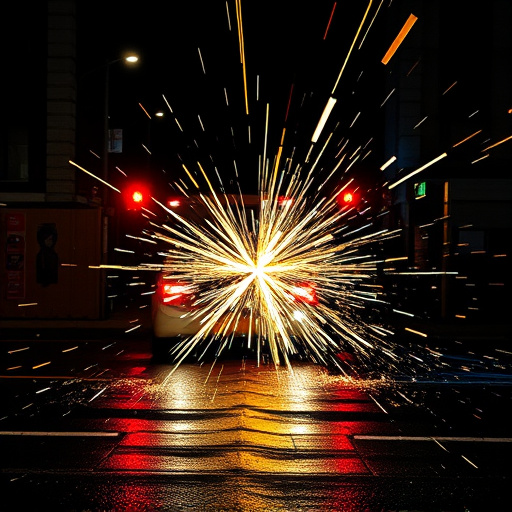
To achieve flawless blends with clear coat during blending panels, collision repair experts must adhere to best practices. Firstly, proper preparation is key. This involves meticulous surface cleaning and sanding to ensure no contaminants or rough edges remain. Using the right tools, such as high-quality sandpaper and a clean environment, minimizes particle buildup that can hinder the bonding process.
Secondly, frame straightening techniques play a crucial role in achieving seamless blends. Correcting any panel misalignments before applying clear coat ensures even application and final finish. In automotive restoration projects, collision repair technicians must pay close attention to detail during each step, from measuring and cutting to fitting and smoothing, to guarantee a professional outcome that is virtually indistinguishable from the original.
Clear coat plays a pivotal role in seamless blending of automotive panels, preventing collisions and enhancing vehicle aesthetics. By understanding its purpose, employing the science behind it effectively, and adhering to best practices, professionals can achieve flawless blends that contribute to both structural integrity and visual appeal. This ensures vehicles not only look great but also withstand the rigors of daily use, making clear coat a game-changer in the industry.

